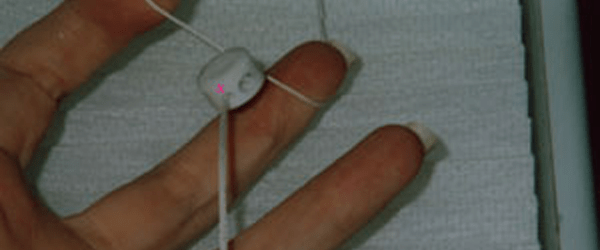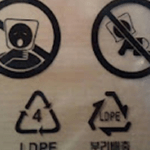What is really wrong with the proposed ANSI standard?
PFWBS objected to the 2011 ANSI standard written by the WCMA yesterday. There are numerous reasons why PFWBS rejected the standard.
Please click here view PFWBS comment to the ANSI 2011 Proposed Standard.
(We included a list of ALL the injuries and deaths from 1981-2011 so that the public can see our statistics are accurate)
Comment in a nutshell:
WCMA promised CPSC in 1994 that separate pull cords with tassels would be an “interim solution” until better technology is available. Cordless window coverings are all over the market. We believe better technology exists already in fact many consumers have to pay extra for such features. This new standard makes no design modifications for an area on window coverings that is the cause of 80% of all injuries and deaths. What does this mean? It means that 80% of the problem will still exist and children will continue to die and be injured at nearly the same rate. ANSI standards were not modified to make operational/pull cords safer.
Section 4.3.4 allows for long operational cords instead of short cords recommended by the Window Covering Safety Council. If you go to windowcoverings.org you will find safety tips on cutting cords short on window coverings to help keep them out of reach of children. Since industry refused to utilizes safer technology already available on the market today in this standard, we believe window coverings should be made with shorter cords instead of the longer cords. There is also no mandate on how to cut cords short on any instructions for consumers when they buy the product.
Section 4.3.9 allows for cord connectors or cord joiners. What is a cord joiner or a cord connecter? It’s a bead that connects the 2 operational cords and has one cord hanging from the bottom. It appears to look safer.
This device creates a loop in the pull cord which goes against the ANSI standard. We still don’t understand how some operational cords that have loops are safe and others are not. Clearly if there is ANY loop in a pull cord, especially if children have died on them in the past, it should not pass the hazardous loop test included in the standard. ANSI standards where not modified at all to make such cords safer.
Section 4.4.5 Roll Up Blinds. ANSI standards were not modified to make roll up blinds safer. Breakaways are used on this type of product which has a history of not breaking away in all circumstances. Breakaways have been looked down upon by the Consumer Product Safety Commission because of their failure rate. When products like this break away, it leaves a cord 6 feet to 12 feet long depending on the length of the product.
Setion 4.3.7 Tie Down Devices. These devices have a history of failing. When they failed a child was killed or injured. There are documented cases of children pulling these devices out of the wall yet the testing for pull strength was removed from this new standard. The new standard should mandate a wand type device that would enclose the cords and keep the walls free from being drilled into.
Section 5 Warning Labels. Each pictogram in the ANSI standard (section 5) consists of a 6 month old baby with a diaper with a cord around it’s neck. This pictogram is used to represent ALL hazard areas on ALL products. First of all the infant does not represent the average age (age 3-5) of the child who typically is injured in cases like these. A warning tag should depict the specific hazard so that the consumer understands the risk of the product. An example of a good pictogram is this one:
The consumer can tell HOW plastic bags can be dangerous to children. A person can see that a child is not breathing because of the bag.
The ANSI standard should require an accurate representation of each hazard such as:
- Inner Cord strangulation
- Cord Joiner Strangulation
- Tangled cords
- Bead Chain loops
- Tying cords together
- Warnings on boxes
The industry uses a non profit organization to promote safety called the Window Covering Safety Council.
On this website it states “ONLY use cordless window products in homes with small children”. The ANSI standard for labels on boxes reads, “For child safety consider cordless alternatives or products with inaccessible cords.” IT makes NO SENSE that such a message is diluted from the Industry recommendation on the website. The reason to dilute the warning would be to knowingly mislead and misrepresent consumers that they might purchase an unsafe product. The language of the warning should mirror the recommendation of the Industry.
These are the reasons PFWBS objected to the ANSI standard. In a previous blog we stated what the ANSI standard really means.
“What does a product that complies with ANSI standard mean? Some industry members and consumers might think that when products are tested in labs they are tested for safety. This is far from the truth. ANSI is not a seal of approval for safety.”
ANSI standards are written BY the Industry with no outside party telling them what they should or should not do for safety.
WCMA puts out a canvass list of those who can vote on this standard. We are thankful that we were allowed to vote on again on the window covering safety standard. We will keep you posted on whether or not the standard passed.
Thanks for your support!


